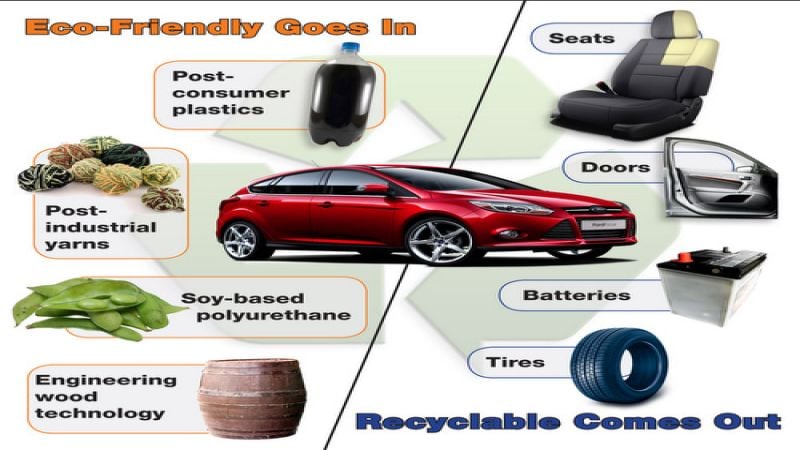Ford and Lear Corporation (which manufactures automobile seats, not the jet manufacturer) have announced an increase in the amount of bio-based materials used to produce the foam in head restraints in Ford vehicles. Ford says that 75% of the vehicles built in North America already use some form of organic material in the headrests of cars like the F-150, Taurus, Explorer, and Fusion; all US-built Fords use that same type of foam in the seat backs and cushions. The primary material used to make this bio-foam is soy, which, according to Ford, is 24 percent more renewable than petroleum-based foam.
Ford claims that the use of soy-based materials has reduced its consumption of petroleum oil by 3 million pounds annually, and its carbon-dioxide emissions by 15 million pounds annually. Ford first started using what it calls SoyFoam in the seats of the 2008 Mustang, and also began using it in headliners for the 2010 Ford Escape and now-defunct Mercury Mariner. The steady prices of these materials also help Ford more closely control costs, avoiding some of the price fluctations of petroleum.
Ford says that other components of an automobile's interior may also be made from soy and other biodegradeable materials in the future, such as bumper energy absorbers, steering wheels, and armrests. Ford is making the move to recyclable and biodegradeable materials as part of its 'Blueprint for Sustainability," in which it plans to reduce its global carbon-dioxide output by 30 percent by 2025.










